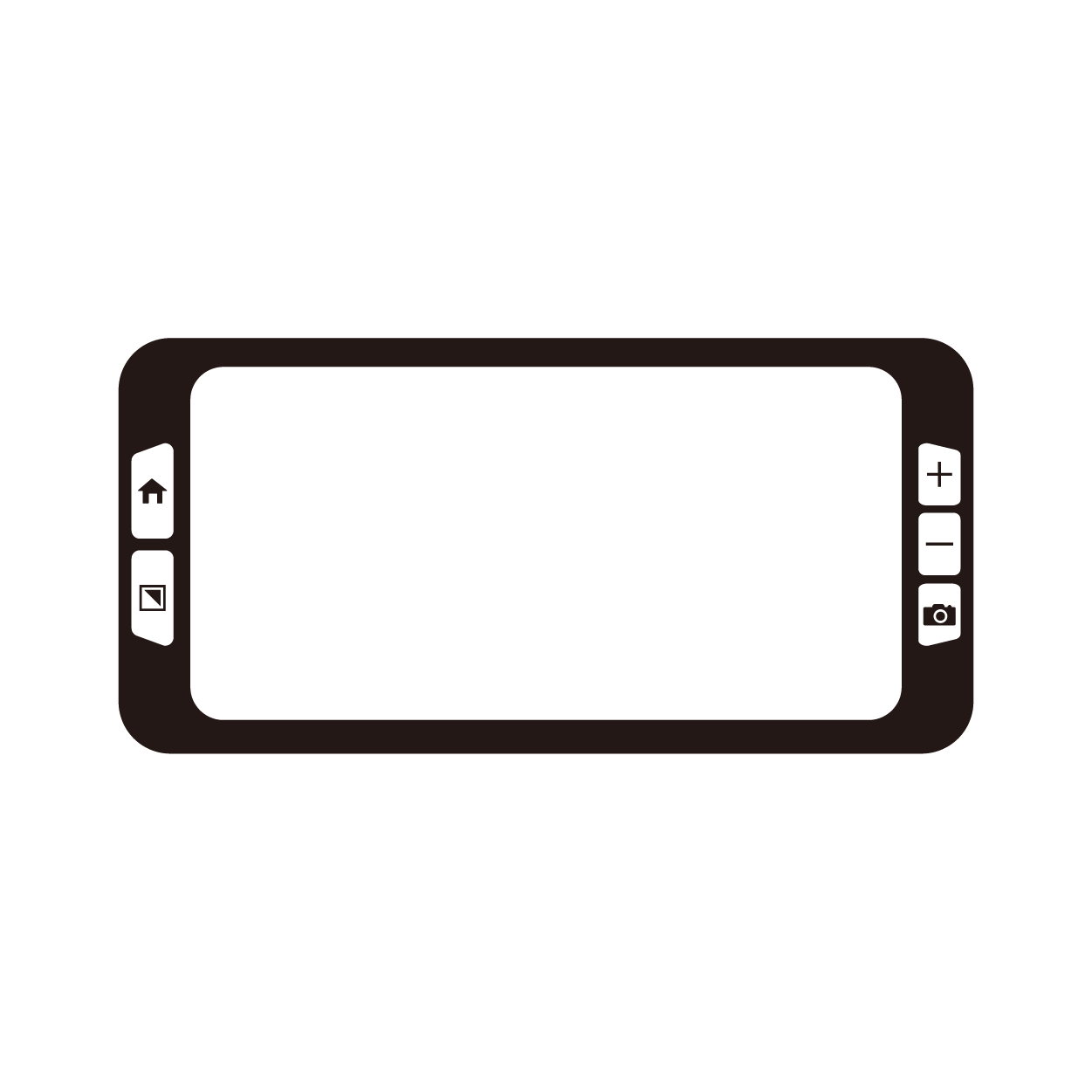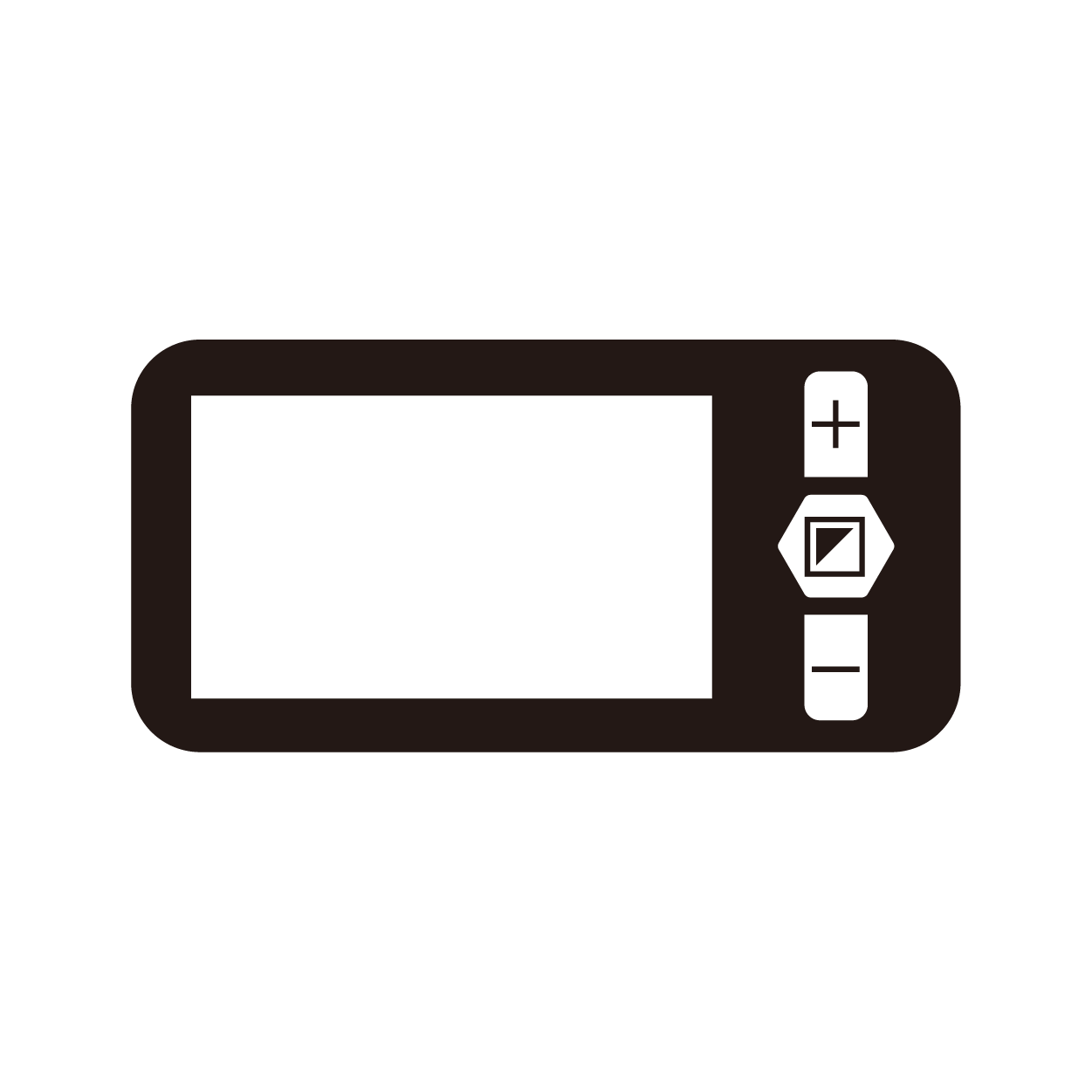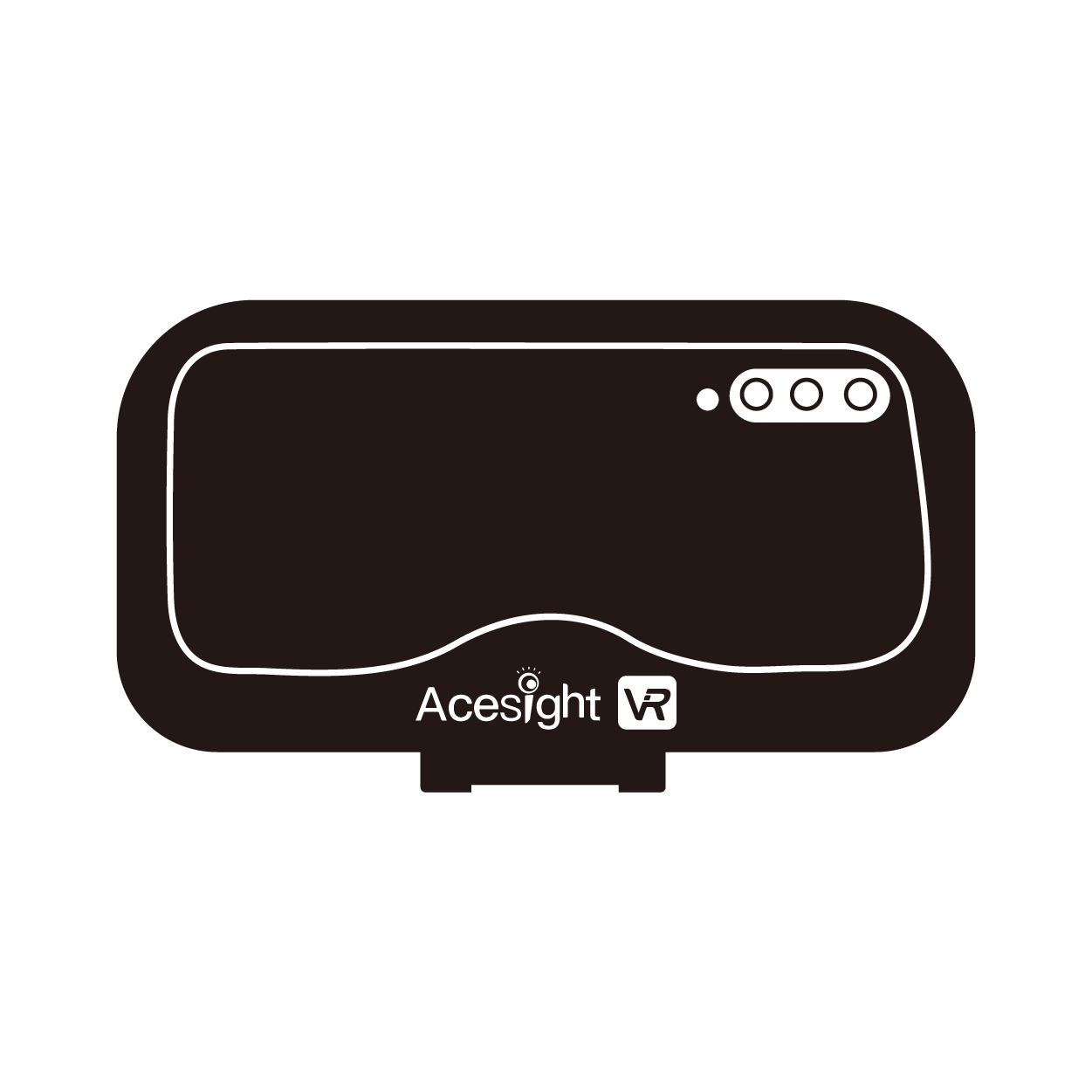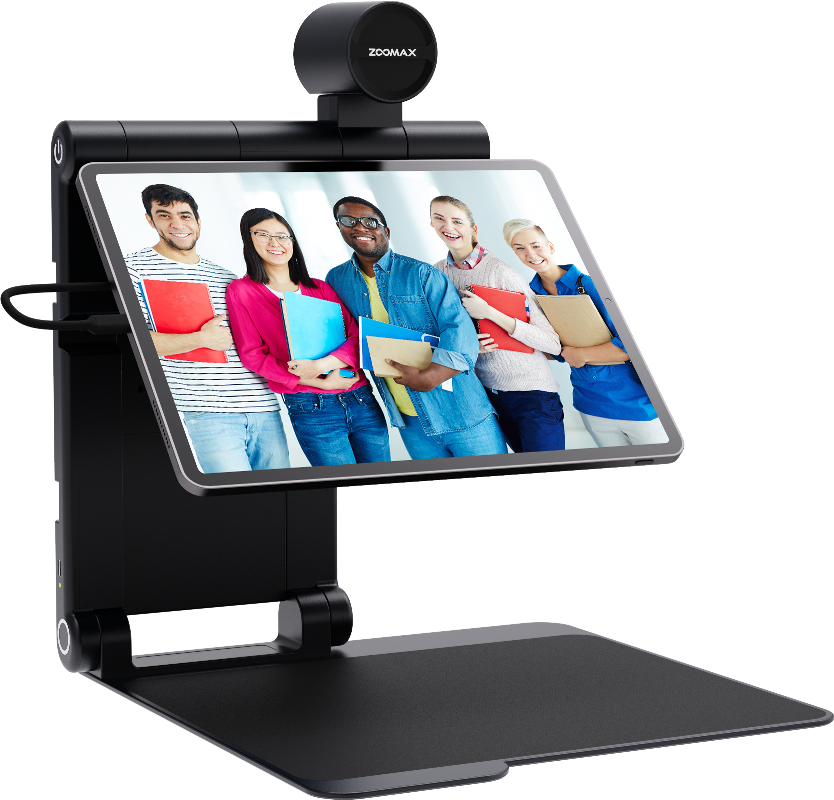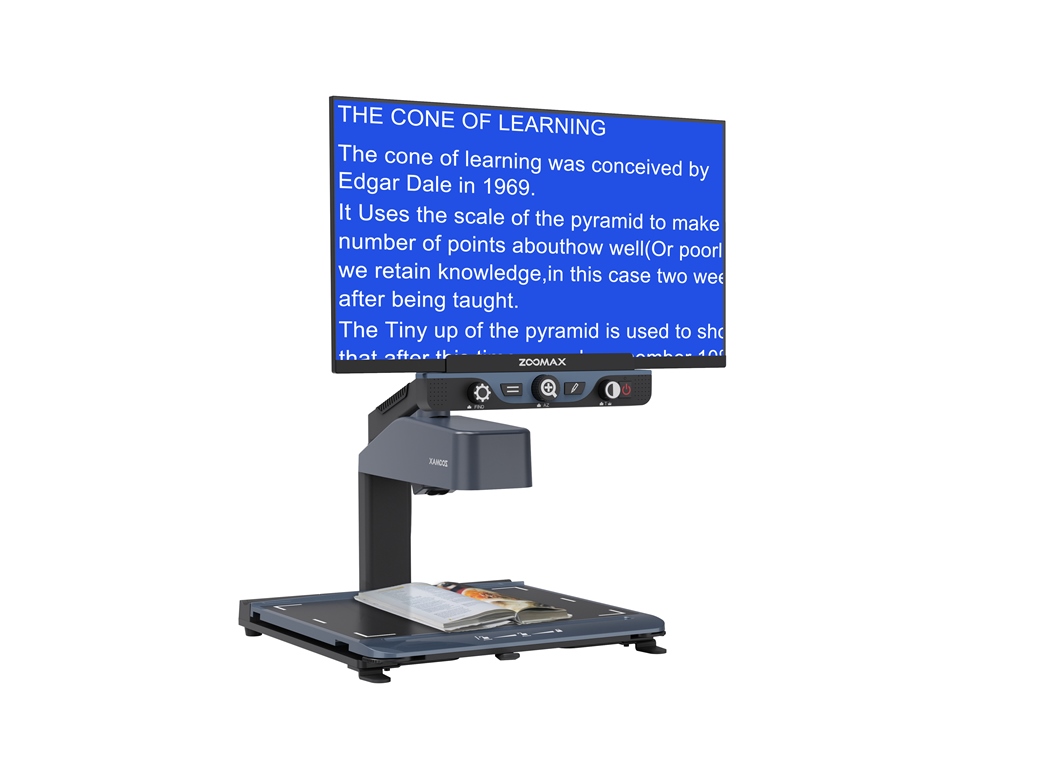DIY Your Halloween Costume: A Fun, Inclusive Guide for Low Vision Individuals
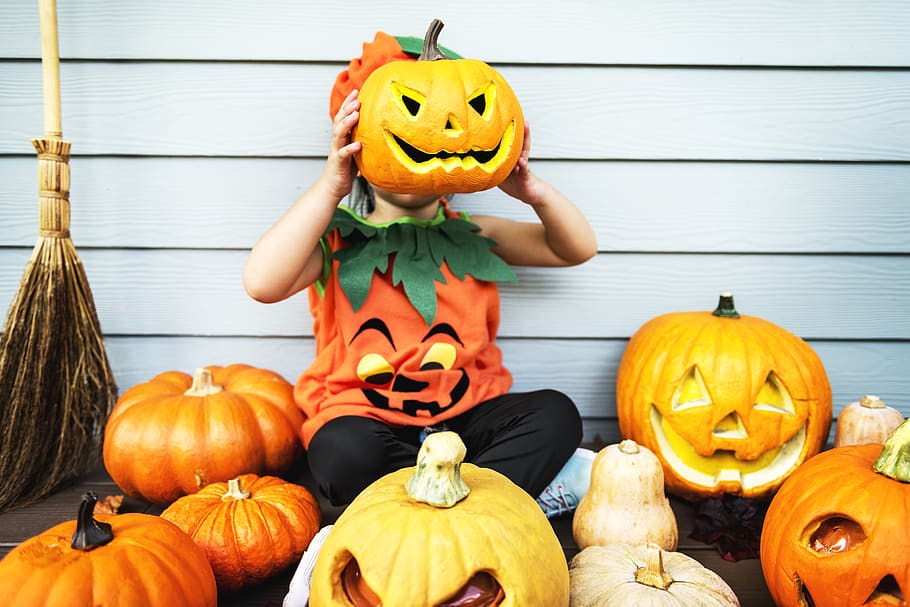
Halloween is just around the corner—the air is crisp with the scent of cinnamon, storefronts glow with jack-o’-lanterns, and the excitement of choosing a costume builds by the day. But if you’re someone with low vision, the idea of picking or making a Halloween costume might feel daunting. Should you settle for a pre-made outfit that lacks personality, or can you dive into the joy of DIY and craft something that feels uniquely you? The answer is clear: DIY is not only possible—it’s a wonderful way to embrace the holiday, bond with loved ones, and celebrate your creativity. Let’s break down how to plan, create, and enjoy making your own Halloween costume, with tips and tools tailored to low vision needs.

Step 1: Pick a Costume That Speaks to You (and Fits Your Skills)
The first rule of DIY Halloween costumes? Choose something you love. A costume that excites you will make the crafting process feel like a celebration, not a chore. Start by asking yourself: What characters, themes, or ideas spark joy? Do you adore classic Halloween vibes (think a witch, ghost, or vampire)? Are you a fan of a favorite movie, book, or TV show (a Hogwarts student, a superhero, or a character from Stranger Things)? Or do you prefer something silly and playful (a pizza slice, a cloud, or a walking coffee cup)?
For low vision crafters, it’s also smart to prioritize simplicity and texture. Complex designs with tiny details (like intricate beading or small props) can be frustrating, but bold, easy-to-handle elements will make the process smoother. For example:
- A “retro 80s star” costume only needs a neon shirt, high-waisted jeans, and a few large, shiny accessories (like a foam belt or oversized earrings).
- A “forest fairy” can be made with a flowy dress, a crown of fake leaves (glued to a headband), and a simple wand (a stick wrapped in ribbon).
- A “space explorer” requires a plain jumpsuit, aluminum foil accents (for a “metallic” look), and a paper-mache helmet (made with a balloon and newspaper).
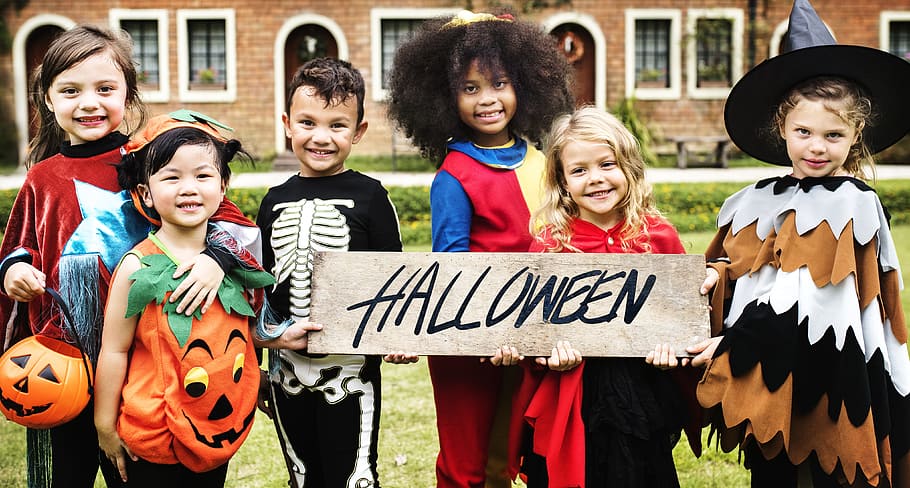
Don’t overthink it—your costume doesn’t need to be perfect. It just needs to feel like you. If you’re stuck, flip through Halloween magazines (using a magnifier if needed) or scroll through social media for inspiration—save images of costumes you like, and use them as a starting point.
Step 2: Gather Your Supplies (and Ask for Help!)
Once you’ve settled on a costume idea, it’s time to collect your supplies. The key here is to keep things organized and enlist family or friends to help—this not only makes the process easier but also turns crafting into a fun group activity.
First, make a list of what you need. Stick to materials that are easy to see and handle:

- Bold, high-contrast fabrics (e.g., black velvet, bright red cotton, neon yellow fleece) instead of muted or patterned ones.
- Large, thick tools: fabric scissors with ergonomic handles, wide-tip markers, and glue sticks (instead of liquid glue, which can be messy and hard to control).
- Chunky accessories: big buttons, wide ribbons, foam shapes, or felt cutouts (these are easier to grip and attach than small beads or sequins).
When shopping for supplies, bring a family member or friend. They can help you compare colors, read product labels, and pick out the right materials. If you prefer shopping online, use screen-reading software to navigate websites, and choose retailers that offer detailed product descriptions (e.g., “this fabric is 100% cotton, bright blue, and 45 inches wide”).
Once you’re home, set up a crafting space with good lighting. A bright desk lamp or overhead light will make it easier to see your materials. Lay out your supplies in separate containers (e.g., a basket for fabric, a tray for scissors and markers) so you can find what you need quickly—this reduces frustration and keeps the process enjoyable.
Step 3: Low Vision Tools to Make DIY Easier
You don’t have to rely solely on magnifiers or good lighting—there are innovative tools designed to help low vision individuals tackle crafting tasks with confidence. Two types of tools are especially useful for Halloween costume DIY: electronic video magnifiers (EVMs) and devices with self-viewing features.
Electronic Video Magnifiers (EVMs): Your Crafting Sidekick
EVMs use cameras and screens to enlarge text, images, and objects—perfect for tasks like tracing patterns, cutting fabric, or attaching accessories. For Halloween DIY, three standout products from Zoomax are game-changers in low vision field:
Zoomax Snow Pad: This portable, tablet-style EVM is ideal for on-the-go crafting (or working at your table). It has a high-definition screen that can enlarge objects, and its adequate operation space under the camera enables you to display the fabric for seeing patterns clearly. Need to trace a ghost shape onto felt? Place the felt under the Snow Pad camera, place a ghost template on the felt, and trace the enlarged image—no more squinting to see small lines.
Zoomax Luna HD 24 Pro: If you’re working on larger projects (like sewing a dress or making a cape), this desktop EVM is a great choice. It has a 24-inch HD screen and a flexible camera arm that can be adjusted to focus on fabric, scissors, or glue. The Luna 24 HD Pro also offers color contrast modes (e.g., black text on white, white text on black) to make details easier to see—perfect for distinguishing between light and dark fabrics when cutting.
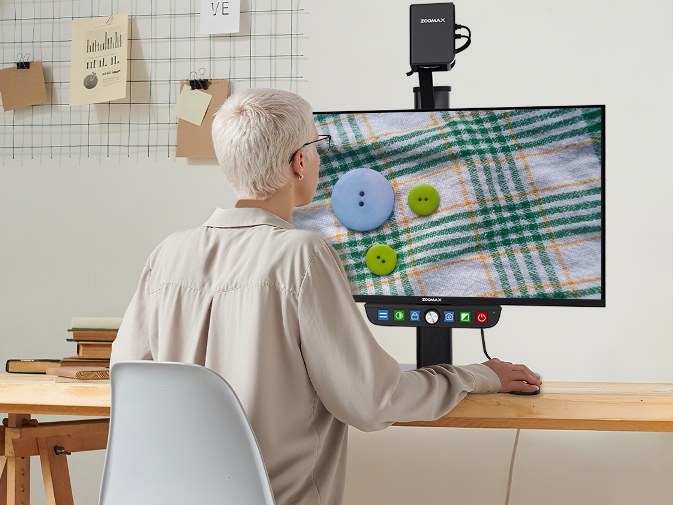 Zoomax Luna Eye: If you like the desktop digital magnifier but have limited space for placing it,Luna Eye is ideal for you at this moment. It is not so much space-needed and fairly portable, can be put anywhere in your house. Placing your felt or fabric under the camera which offers excellent magnified image quality, start your creation with laughers and fun!
Zoomax Luna Eye: If you like the desktop digital magnifier but have limited space for placing it,Luna Eye is ideal for you at this moment. It is not so much space-needed and fairly portable, can be put anywhere in your house. Placing your felt or fabric under the camera which offers excellent magnified image quality, start your creation with laughers and fun!
Self-Viewing Features: Nail the Makeup Look
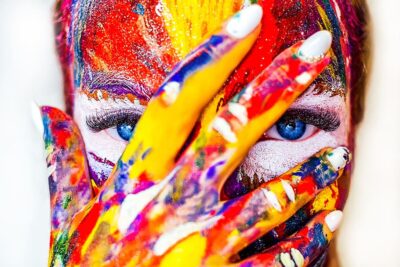 No Halloween costume is complete without makeup, but applying it can be a little challenging for low vision individuals. That’s where devices with self-viewing features come in. Many EVMs (like the Zoomax Snow Pad) or smart mirrors have a front-facing camera that lets you see an enlarged view of your face. This makes it easy to apply lipstick, eyeshadow, or face paint with precision.
No Halloween costume is complete without makeup, but applying it can be a little challenging for low vision individuals. That’s where devices with self-viewing features come in. Many EVMs (like the Zoomax Snow Pad) or smart mirrors have a front-facing camera that lets you see an enlarged view of your face. This makes it easy to apply lipstick, eyeshadow, or face paint with precision.
For example, if you’re dressing up as a vampire, use the self-viewing feature to see your lips clearly—you can line them with black lipstick and add a “fang” shape without smudging. If you’re going as a witch, enlarge your eyes to apply green eyeshadow evenly. The best part? You don’t need to ask someone to check your makeup—you can do it yourself, which boosts confidence and independence.
Step 4: Tips for a Stress-Free DIY Experience
Crafting a costume should be fun, not stressful. Here are a few extra tips to keep the process smooth:
- Break tasks into small steps: Instead of trying to finish the entire costume in one day, tackle one task at a time. For example, day one: pick the idea and make a supply list. Day two: shop for materials. Day three: cut the fabric. Day four: attach accessories. This makes the project feel manageable.
- Embrace imperfection: Halloween costumes are supposed to be playful—if a glue spot is visible or a cut isn’t perfectly straight, it’s okay! Those “flaws” make your costume unique.
- Ask for help when you need it: There’s no shame in asking a family member to hold fabric while you cut, or to read a pattern instruction aloud. Crafting together is a great way to bond, and your loved ones will likely be happy to help.
- Test your costume early: Try on your costume a few days before Halloween to make sure it fits and that all accessories are secure. This gives you time to make adjustments if needed—no last-minute panic!
Celebrate You: Why Low Vision DIY Matters

Halloween is about more than costumes—it’s about connection, creativity, and joy. When you make your own costume, you’re not just creating an outfit—you’re taking part in a tradition that lets you express yourself, spend time with family, and feel the magic of the holiday.
Low vision doesn’t have to hold you back from these moments. With the right tools (like Zoomax’s EVMs), a little help from loved ones, and a spirit of fun, you can craft a costume that makes you feel proud. Whether you’re trick-or-treating with kids, attending a party, or just handing out candy at home, your DIY costume will be a conversation starter—and a reminder that everyone deserves to celebrate Halloween in their own way.
So grab your supplies, turn on your EVM, and let your creativity shine. This Halloween, your costume won’t just be something you wear—it’ll be something you made, with love. Happy crafting, and happy Halloween!





